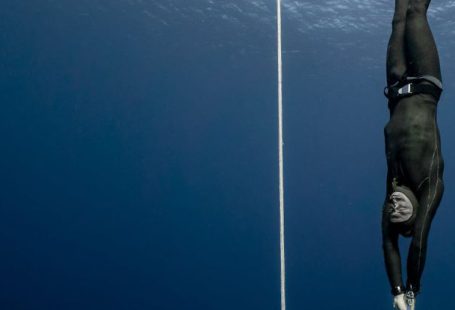Drift diving is an exhilarating form of underwater exploration that allows divers to be effortlessly carried by the currents, providing a unique and thrilling experience. However, mastering drift diving requires a specific set of skills and knowledge to ensure safety and enjoyment in this dynamic environment. Whether you are a novice diver looking to expand your horizons or an experienced diver seeking new challenges, understanding the essentials of drift diving is crucial. In this article, we will delve into what you need to know to master the art of drift diving.
Navigating the Currents
One of the key aspects of drift diving is learning how to navigate the currents effectively. Unlike traditional diving where you have more control over your movement, drift diving requires you to go with the flow. It is essential to have a good understanding of the direction and strength of the currents before entering the water. By observing the surface conditions, such as wind patterns and tide movements, you can get a sense of how the currents are likely to behave underwater.
When diving in a drift, it is important to maintain a streamlined body position to reduce drag and allow the current to carry you smoothly. Use your fins to make gentle adjustments to your direction and depth, rather than fighting against the current. By conserving your energy and going with the flow, you can enjoy a longer and more comfortable dive.
Choosing the Right Gear
When it comes to drift diving, having the right gear can make a significant difference in your overall experience. Opt for a low-profile and streamlined dive equipment to minimize resistance in the water. A longer hose on your regulator can also be beneficial in case you need to share air with your buddy in challenging conditions.
Additionally, consider using a surface marker buoy (SMB) to signal your position to the boat or other divers during drift dives. This can help ensure that you are easily visible on the surface, especially in areas with boat traffic. A good quality dive computer is also essential for monitoring your depth, time, and decompression limits in dynamic diving environments.
Enhancing Your Buoyancy Skills
Buoyancy control is paramount in drift diving, as it allows you to maintain a stable position in the water column and avoid unintentional ascents or descents. Practice proper weighting and buoyancy adjustments to achieve neutral buoyancy, where you neither sink nor float, but hover effortlessly underwater. Fine-tuning your buoyancy skills will help you navigate the currents more effectively and conserve your energy throughout the dive.
Mastering Underwater Communication
Effective communication is key to a safe and enjoyable drift diving experience, especially when diving in a group. Use hand signals to communicate with your dive buddy or group members, indicating your direction, air supply, and any potential hazards. Establish a pre-dive communication plan to ensure everyone is on the same page regarding the dive objectives and emergency procedures.
Adapting to Changing Conditions
Drift diving often involves rapidly changing conditions, such as variable currents, visibility, and marine life encounters. Stay flexible and adaptable during your dives, being prepared to adjust your plan as needed. Keep a close eye on your surroundings and be mindful of potential hazards, such as sharp rocks or strong currents, to ensure a safe and enjoyable dive experience.
Conclusion: Embracing the Thrill of Drift Diving
Mastering drift diving requires a combination of skills, knowledge, and experience to navigate the dynamic underwater environment effectively. By honing your navigation, gear selection, buoyancy, communication, and adaptability skills, you can enhance your drift diving abilities and unlock new underwater adventures. Embrace the thrill of drift diving and explore the mesmerizing world beneath the waves with confidence and excitement.





